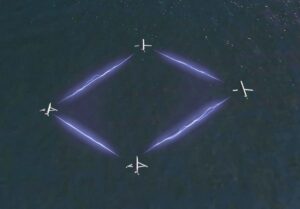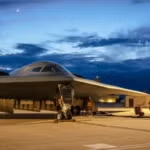
While the U.S. Air Force has a stable of four Vanguard programs to help speed the fielding of advanced technologies to front line forces, the service has no plans to add Vanguards in the short term, the commander of the Air Force Research Laboratory (AFRL) said on Sept. 21. "As we have developed our transformational capabilities portfolio, it was important to build a steady stream of ideas --concepts that could develop into prototypes and demonstrations--so that we have a steady…














